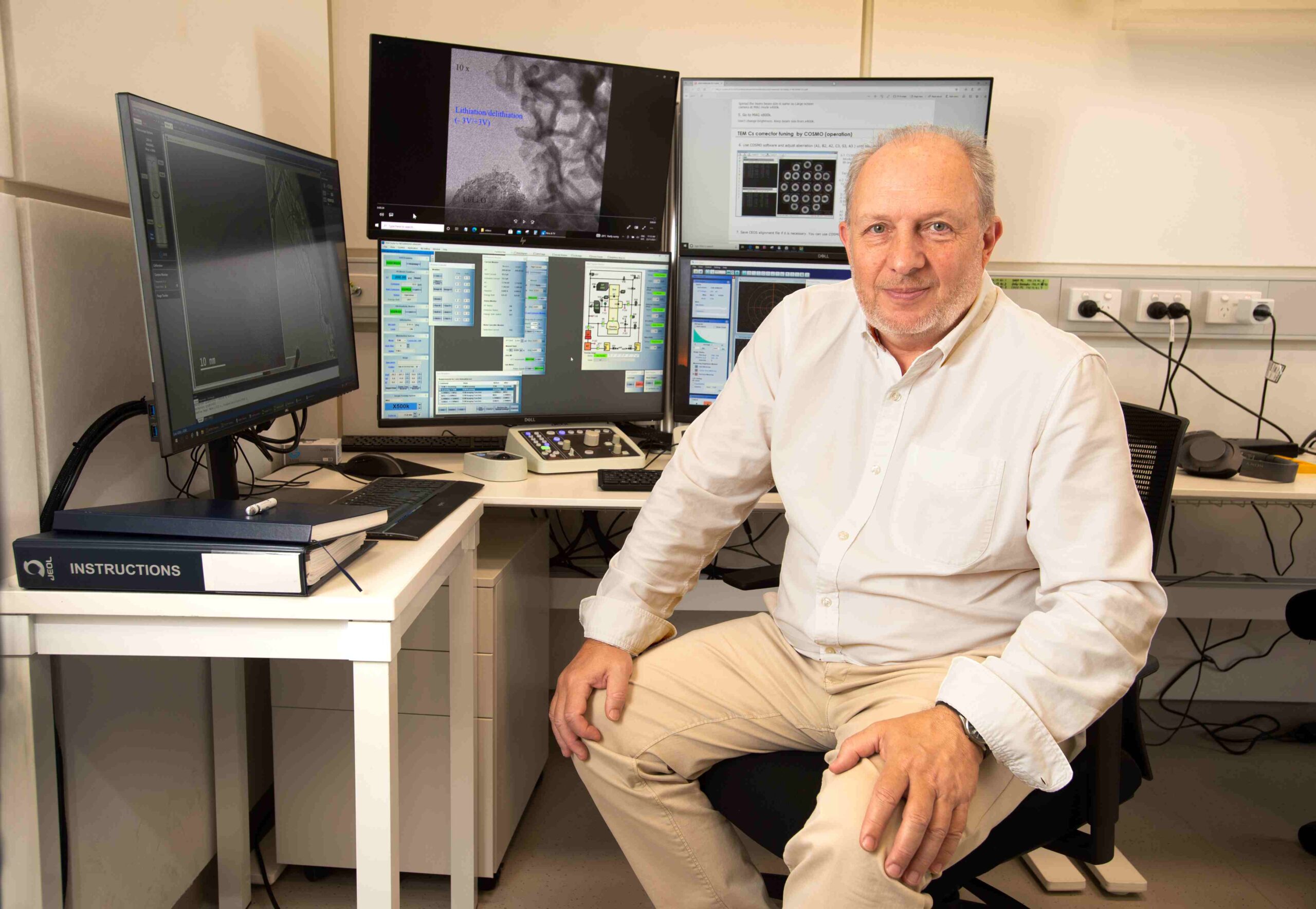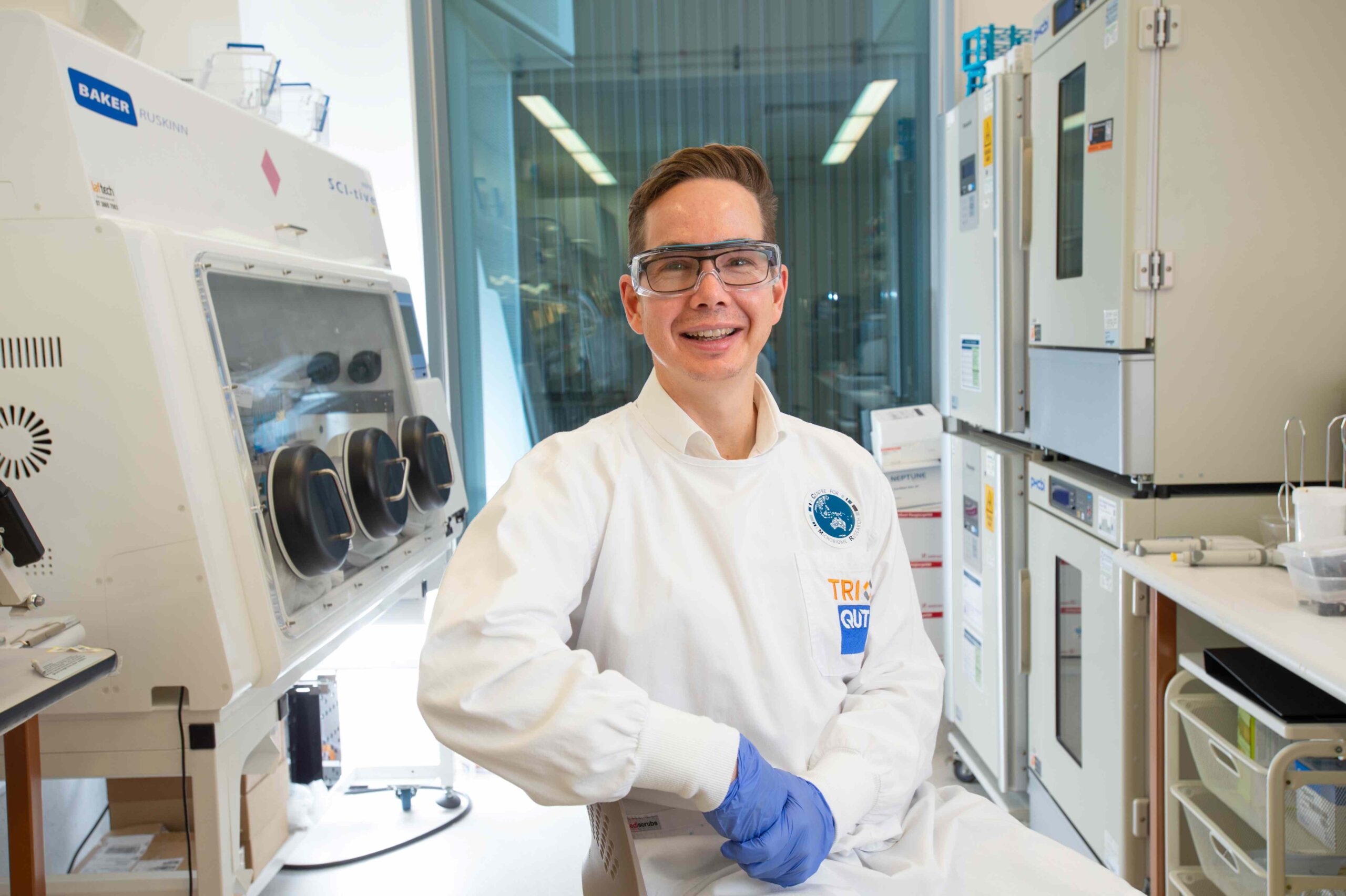Two QUT scientists, who focus on the microscopic to improve human health and explore nano-technology, have been elected Fellows of the Australian Academy of Science.
Distinguished Professor Dmitri Golberg and Professor Gene Tyson were among 24 Australians honoured for their contributions to science.
Professor Golberg, co-director of the QUT Centre for Materials Science and an ARC Laureate Fellow, is a world-leading physicist and materials scientist who uses state-of-the-art transmission electron microscopy (TEM) to study and manipulate nanomaterials.
His research achievements are in two main areas: fabrication and microscopic analysis of nanomaterials and development of new techniques for nanomaterial property exploration inside high-resolution TEM.
Professor Golberg’s scientific breakthroughs include his early research on boron nitride (BN) nanotubes, which have a mechanical strength about 30 times greater than steel.
He was one of the first scientists to prepare these unique tubes and thoroughly analyse their structure in high-resolution TEM.
His work involves looking at objects down to the scale of the individual atoms, investigating the electrical, mechanical, thermal and optoelectronic properties of materials for smart integration into modern technologies.
Professor Tyson is an internationally-recognised authority on the development and application of meta-omic and bioinformatic approaches to understand complex microbial communities.
He led a landmark metagenomics study on the metabolic potential and population diversity of microbial communities involved in acid mine drainage generation during his doctoral research at the University of California, Berkeley.
This demonstrated for the first time that metagenomic data could be used to reconstruct genomes directly from environmental samples.
This work, published in Nature in 2004, has been cited more than 2700 times and was recognised by Science as one of the Breakthroughs of the Year.
Since then, Professor Tyson’s work has continued to revolutionise how the structure and function of microbial communities are studied.
He has helped secure more than $60m since 2006 from domestic and international collaborative grant schemes and through a Medical Research Future Fund grant he is applying innovative approaches in microbial cultivation to build the Australian Human Microbiome Biobank, a rich resource for research and commercial entities looking to develop microbiome-based health solutions.









